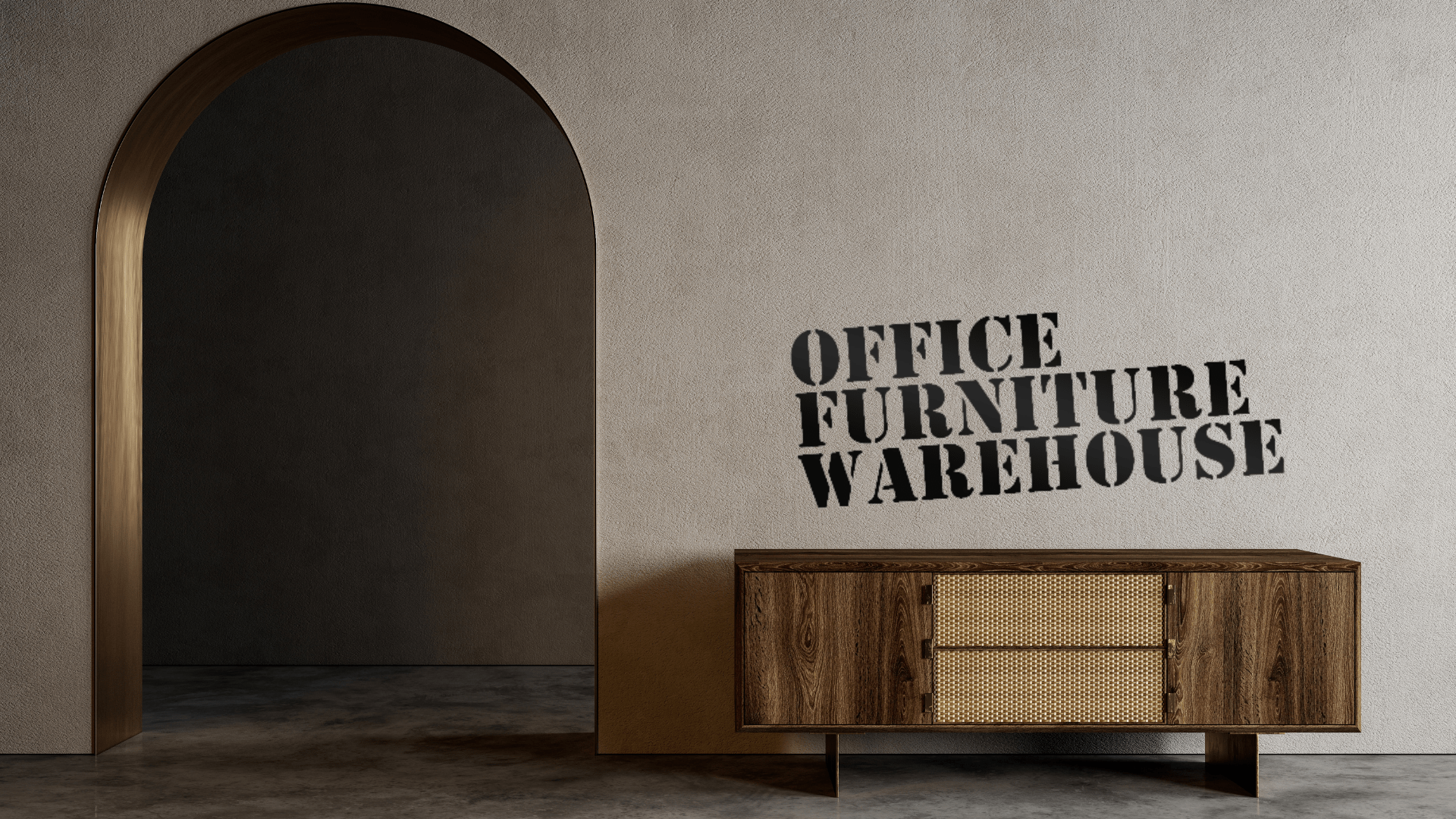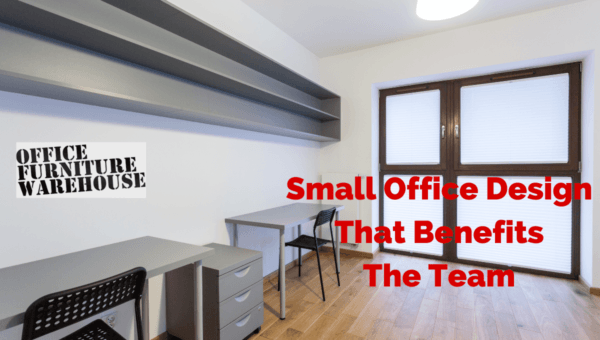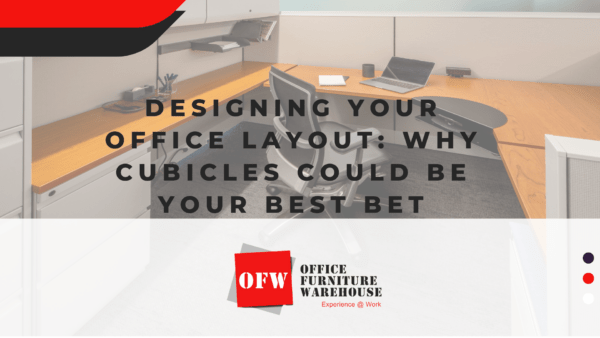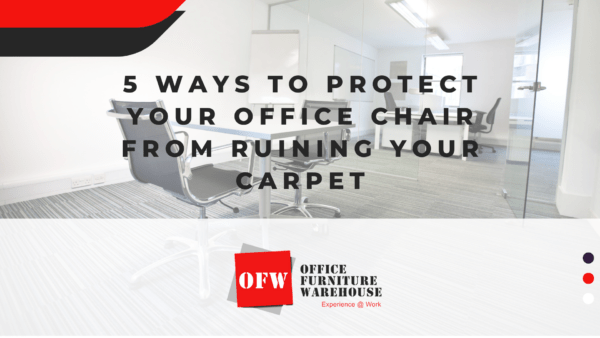What Are Credenzas? Meaning, Importance, and Why You Need One

A credenza is a versatile piece of furniture often used to store and display items stylishly and functionally. Originating from the Italian word “credenza,” which means trust or belief, credenzas have been a popular addition to homes, offices, and commercial spaces for centuries.
Credenzas hold several advantages for both home and commercial use. They offer ample storage room to keep items concealed while maintaining an attractive appearance. This is particularly beneficial for spaces where maintaining a clutter-free environment is essential, such as home offices, dining rooms, and businesses like restaurants or hotels that require a professional appearance.
What Are Credenzas?
A credenza is an elegant and functional piece of furniture commonly used for storage and serving purposes in dining rooms or restaurants. Its origins date back to the 14th century in Italy, where it was initially used as a table with a cloth cover for sampling food and drinks by nobles for safety against poison. Over time, it evolved to become a highly decorative sideboard or display cabinet that is often made of burnished and polished wood or marble.
The term “credenza” is derived from the Italian words “credere,” meaning to trust or believe, which is fitting for its original usage as a humble table of trust. Nowadays, credenzas are widely used as centerpieces or storage systems for various spaces. They are typically long and low-profile, coming without or with very short legs and, more often than not, sliding doors or sleek, handleless ones.
Credenzas have a sleek design suitable for modern and traditional dining rooms, offering storage and display options. They are versatile in residential and commercial spaces, organizing clutter and adding style. In homes, they store dinnerware and electronics, while in restaurants, they aid in food layout and access to supplies, maintaining aesthetic standards.
What Are Credenzas Used For?
Credenzas are used predominantly as storage and display furniture items in both residential and commercial settings. In dining rooms, they serve as a functional and visually appealing solution for storing dishes, decanters, and other serving items. In-home offices, credenzas can provide additional storage for office supplies and electronics with their cabinetry and shelving options. In modern home design, they can even double as a media console or a console table in living spaces.
- File Cabinet: A credenza serves as an efficient file cabinet in office settings, offering ample space to organize documents, folders, and office supplies. Its drawers or compartments are designed to accommodate standard-sized files, promoting organization and accessibility. By incorporating features like locking mechanisms or dividers, credenzas ensure the security and systematic arrangement of important paperwork. Additionally, they often feature durable construction and stylish designs, blending functionality with aesthetics seamlessly in professional environments.
- Storage Cabinet: In residential spaces, credenzas function as versatile storage cabinets, providing solutions for decluttering and organizing various items. From linens and dinnerware in dining rooms to entertainment essentials in living rooms, credenzas offer ample storage space with their shelves, drawers, and cabinets. They can be customized to suit specific storage needs, with adjustable shelves or removable dividers allowing for flexible organization. With their stylish designs and practical functionalities, credenzas enhance both the utility and aesthetic appeal of any room.
- TV Stand: Credenzas serve as stylish and functional TV stands, providing a stable platform for televisions and accompanying media equipment. Their wide and sturdy surfaces offer ample space to support TVs of various sizes, ensuring a secure and elevated viewing experience. Credenzas often feature integrated cable management systems, concealing unsightly cables and cords for a clean and organized look. With additional storage compartments, they also provide convenient space to store media players, gaming consoles, and remote controls, contributing to a well-organized entertainment setup.
- Display Cabinet: As elegant display cabinets, credenzas showcase decorative items, artwork, or collectibles, adding visual interest and personality to any room. With glass doors or open shelving, they offer unobstructed views of displayed items, allowing them to be admired from all angles. Credenzas effectively accentuate cherished possessions and establish focal points in living rooms, dining rooms, or entryways. Their versatile designs and customizable features make them ideal for curating and showcasing personal collections or decorative accents.
- Dining Room Server: Credenzas function as practical and stylish dining room servers, providing additional serving space for meals and gatherings. Positioned against a wall or adjacent to a dining table, they offer convenient access to dishes, utensils, and serving platters during meals. Credenzas often feature spacious top surfaces, perfect for arranging buffet-style meals or displaying decorative accents like flower arrangements or candle holders. With their combination of storage and serving functionalities, they facilitate seamless dining experiences and enhance the overall ambiance of dining areas.
- Bedroom Cabinet: In bedrooms, credenzas serve as versatile cabinets, offering storage solutions for clothing, bedding, and personal belongings. With their multiple drawers and compartments, they provide ample space to organize and store garments, accessories, and linens, helping to maintain a clutter-free environment. Credenzas are tailored to enhance the bedroom decor, offering a diverse range of styles, finishes, and sizes tailored to individual preferences and spatial needs.
- Multipurpose Home Office Cabinet: Credenzas are essential components of multipurpose home office setups, offering a blend of storage, workspace, and organizational functionalities. With their combination of drawers, shelves, and desktop surfaces, they provide ample space to store office supplies, organize paperwork, and create dedicated workstations.
Credenzas offers built-in power outlets, file drawers, and wire management systems, effectively meeting the requirements of contemporary home offices. Whether used as standalone units or integrated into larger office configurations, credenzas optimize space utilization and promote productivity in home office environments.
What Was the Original Purpose of A Credenza?
The original purpose of a credenza was to serve as a functional sideboard for preparing and serving food in early 14th-century Italy. As Italian furniture design evolved, the credenza took on an architectural form with decorative elements like columns and pilasters, becoming a luxury item for displaying expensive plates and vessels. It was often draped in luxurious fabrics. Today, credenzas have mainly been used for storage purposes and have evolved into an interchangeable piece of furniture with sideboards and buffet tables, offering both functionality and style in various settings, including modern homes and restaurants.
Types of Credenza Styles
Credenzas come in various styles to suit different preferences and spaces. Some common types of credenza styles include:
- Traditional: This style features classic and elegant finishes, often made from wood species like mahogany, with intricate details and ornate designs.
- Mid-Century Modern: These credenzas have a clean, minimal aesthetic and are characterized by their flat, geometric shapes and simple lines. They are often supported on slim legs.
- Industrial: Industrial-style credenzas have an edgy, contemporary appearance with an emphasis on metals, primarily steel or iron, and exposed hardware.
- Glass: Glass credenzas add a touch of elegance and give a refined, light, and airy feel to any room.
- Contemporary: Contemporary credenzas are characterized by clean lines and a minimalist design language with many materials and colors being used.
- Scandinavian: Scandinavian credenzas are simple, minimal in design, and focus on form and function, often featuring pale wood hues and straight lines.
- Rustic: Rustic credenzas provide a warm, earthy feel to any space, with many being made from reclaimed or distressed wood for a vintage look.
- Marquetry: Marquetry credenzas feature intricately crafted designs inlaid into the wood surface, often resulting in beautiful and visually striking furniture pieces.
Credenza vs. Sideboard vs. Buffet Table
Credenzas, sideboards, and buffet tables are all popular furniture pieces used for storage and serving in dining rooms, living rooms, or offices. While they share similarities, each has distinct characteristics that set them apart. Below is a comparison table highlighting the key differences between credenzas, sideboards, and buffet tables:
| Feature | Credenza | Sideboard | Buffet Table |
| Design | Low, long, and often with legs | Similar to credenza but taller | Similar to a sideboard but may have more decorative elements |
| Function | Primarily for storage and display | Storage and serving surface | Primarily for serving food and drinks |
| Placement | Common in offices and living rooms | Common in dining rooms and living rooms | Common in dining rooms and event spaces |
| Style | Credenzas offer versatility, spanning a range of styles from classic to modern. | Traditional to contemporary styles | Traditional with ornate details |
| Storage | Typically has cabinets and drawers | Similar to credenza but often have more open shelves | Often includes cabinets and shelves |
| Height | Lower height compared to sideboards | Taller than credenzas, shorter than buffets | Taller than credenzas, shorter than sideboards |
Credenzas, sideboards, and buffet tables each provide distinct features and fulfill diverse roles in various environments. Recognizing these differences enables you to select the appropriate furniture piece to harmonize with your space and satisfy your storage or serving requirements effectively.
What Are the Benefits of The Credenza?
- Provides ample storage space: Credenzas offers multiple storage options such as drawers, shelves, and cabinets, allowing for organization and clutter reduction in both home and office environments.
- Stylish additional workspace: With their sleek and modern designs, credenzas serve as an attractive and functional work surface for various tasks.
- Enhances decor: Credenzas come in various styles, materials, and finishes, allowing users to choose one that complements their existing decor.
- Saves space: By consolidating various items in a single piece of furniture, credenzas help save valuable floor space.
- Versatile: Credenzas have diverse applications, such as in living rooms, dining rooms, home offices, and executive offices.
- Organizes office supplies: In a corporate setting, credenzas help keep important documents, supplies, and equipment easily accessible while maintaining a professional appearance.
- Display and storage for collectibles and decorative items: Credenzas provide an ideal platform to showcase collectibles, artwork, or decorative items while also keeping them protected.
- Hides unsightly cords and cables: Many credenzas offer built-in cable management solutions, making them an excellent choice for keeping electronic devices and associated cords tidily hidden.
- Durable and easy to maintain: Made from high-quality materials like solid wood or metal, credenzas offer long-lasting performance and require minimal upkeep.
- Create a focal point: Credenzas can serve as an aesthetic focal point in a room, adding visual interest and a sense of design cohesion.
Can I Use a Credenza as A TV Stand?
Credenzas make excellent TV stands due to their low profile design and ample storage capacity. Some credenzas are specifically designed as TV credenzas or consoles. They offer enough surface area to accommodate a TV and provide additional space for storing cables, remotes, and decorative items. Utilizing a credenza as a TV stand adds both functionality and style to your living space.
What Is the Difference Between a Console and A Credenza?
A console and a credenza are both furniture pieces designed to provide storage and display space but have some noticeable differences. The primary distinction is their leg design. Consoles have long, raised legs and are typically taller than credenzas. In contrast, credenzas often have no legs or very short legs and a lower profile, giving them a more compact appearance.
Credenzas usually have a cabinet-style design and offer fewer storage options compared to consoles. Inexperienced shoppers may find it challenging to tell the difference between the two, but their silhouettes and leg designs separate them apart. When selecting a furniture piece for your home, consider your personal preferences, space constraints, and design aesthetic to determine whether a console or a credenza would best suit your needs.
How does a credenza complement an executive desk in an office setting?
A credenza is a low cabinet that is usually placed near or behind an executive desk, complementing it both functionally and aesthetically. It typically provides additional storage space for office supplies, files, and electronic equipment like printers and scanners, helping to keep the main desk area uncluttered. Credenzas often match the material and style of executive desks, which helps to maintain a cohesive look in the office.
Where Do You Put Credenza?
You can put a Credenza in the dining room for serving or storage, in the living room as a decorative sideboard, or in the office for additional storage space. Balance heavy and light items for visual appeal and ensure enough space for functionality.
What’s a Credenza for Office?
A Credenza for an office is a storage piece typically used for additional organization files and documents. It can store files, books, or office supplies, offering a clutter-free working environment. Some come with doors or drawers for concealed storage, while others display items openly. It completes the look of an executive office, complementing a primary desk or pedestal desk, and adds functionality and style to the workspace.







